The ABCs of Canadian and America Visas
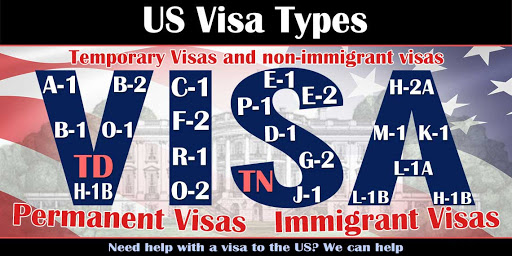
Various types of USA and Canada Visas
The immigration process for different countries is different in terms of cost, time and restrictions. The basic difference lies in the process of obtaining the permanent resident status in both the countries. In US, one has to get the US Green Card, while in Canada obtaining the Permanent Resident Card is enough. On an overall, it has been found that the Canada immigration process is easier and faster than the US immigration process. The former takes less than 6 months to complete, while the latter can take up to 6 years, depending the area you are applying the visa for how lucky you are in getting picked up in the draw.
Canadian immigration for skilled worker immigrants
The main immigration process for Canada is Express Entry. Unlike the stringent US immigration, Express Entry candidates do not need a Canadian job offer or Canadian experience to apply. Apart from this, Canada has a few other immigration processes, which can be discussed later. The express-entry immigration process, however, is a simple two-step process:
Creating the express entry profile:
There is absolutely no processing time involved for the express entry profile. All candidates who have the necessary documents can create an Express entry profile without any delays. Approximately twice a month, The Government of Canada issues sends out invitations to apply only to those people who are profiled in the express entry pool and have a very competitive profile.
PR application: After receiving the invitation, the candidate has exactly 60 days to submit a complete application for permanent residence. Approximately 80% of the applications are processed in 6 months or even less. For the highly skilled workers program, 80% of the applications are actually processed in less than 4 months.
Some of the other visas available in Canada include:
-
Visitors visa
-
Students Visa
-
Work Visa
-
Permanent Residence Visa
-
Business Immigrant Visa
There are options for temporary visas to Canada, which allows the person to stay two ways:
- Single-entry visa allows a candidate to enter Canada only once, complete 6 months and then return home.
- Multiple-entry visas allow the person to enter Canada multiple times until their visa expires
There are different types of Canadian Temporary Visas, where the stay usually adds up to 6 months.
Tourist Visa: This is meant for foreign tourists who enter Canada for the purpose of tourism.
Super Visa: This visa type allows parents or grandparents of Canadian citizens or Canadian permanent residents to visit their children and grandchildren for an extended stay.
Diplomatic and official visa: This allows diplomats and foreign bureaucrats to enter the country for official purposes.
Courtesy Visa: This is applicable for people who do not qualify for a diplomatic or official visa but are considered important because of their ranks. For instance, members of trade missions or diplomats with touristic intent.
Business Visa: This is issued to people or a group of people who visit the country for business purposes.
Visa to give birth in Canada: Most people opt for this visa to ensure Canadian citizenship to the child. This visa is given to people who fulfill all the criteria and are pregnant and want to give birth in the country.
Intending organ donor visa: This is issued on a exigency basis to people who are travelling to donate organs to Canadian residents.
Facilitation Visa: It is issued to people with dual citizenship, but do not have a Canadian passport, but the other country’s passport. The facilitation visa is stamped on the other visa because of the hardships of the person in getting a Canadian passport.
Student Visa: If you are travelling to Canada for studies, this is the right visa for you. However, if the course is less than 6 months, you will be issued a TRV visa, otherwise a student visa is required.
Temporary Work Visa: This is issued to people who have been hired on a contract with a particular company. This is valid for up to 6 months. To obtain this visa, the person must have a valid job offer letter from the employer and qualify for a temporary visa.
Temporary residence permit: This permit is for people who are visiting the country for very short spans like attending a workshop. This visa is issued only for the time frame that the candidate requires to stay in the country.
Working holiday Visa: It is given to young people from 30 countries so that they can work in Canada and travel. It is a random selection process where the applicant must submit their applications to be selected randomly to apply for work permit.
US immigration process
Skilled workers can obtain a Green Card through the Employment-Based Immigration Pathways. Unless and until the candidate is extraordinary, a worker must be sponsored by their US employer who is responsible for partially funding the process. The US Employment-based Green Card is obtained in 2 steps:
Green Card Application form (Form I-485):
This is a form submitted by the candidate, which comprise the application for permanent resident status and the US Green Card. The entire process takes 6 months to 42 months to complete.
The processing time for green card applications vary according to the state which is being applied for. Some application centers boost the process, while the others take as long as 5 years to complete the process.
Some of the other Visa applications include:
-
Foreign government officials and diplomats visa
-
Military personnel of a foreign country stationed in the U.S.
-
Amateur and professional athletes who are competing for prize money
-
Business visitors
-
Nannies or domestic employees
-
Visitors for medical treatment
-
Tourists, vacationers and pleasure visitors
-
Mexican Border Crossing Card
-
Transit in the U.S.
-
Crew members serving on aircrafts
-
Crew members serving on sea vessels
-
Treaty traders
-
Treaty investors
-
Australian professionals and specialty workers
-
Language and academic students
-
Dependents of F-1 Visa holders
-
Designated international organisation’s employees and NATO
-
Chilean FTA (Free Trade Agreement) professionals
-
Singaporean FTA (Free Trade Agreement) professionals
-
Physicians and highly specialised occupations requiring specific industry knowledge
-
Temporary workers for seasonal agriculture
-
Temporary workers for non-agricultural professions
-
Primarily non-employment training programs
-
Nurses travelling to areas that has shortage of healthcare professionals
-
Information media representatives and journalists
-
Exchange visitors
-
International cultural exchange visitors
-
Au-pairs exchange visitors
-
Professors, scholars and teachers as exchange visitors
-
Children under the ages of 21/ Spouse of J-1 holder
-
Fiance
-
Intra company transferees
-
Vocational students
-
Dependent of M-1 holder
-
Foreign nationals possessing excellent knowledge and abilities in the fields of art, science, education, athletics or business
-
Entertainers, artists and athletes
-
International cultural exchange visitors
-
Religious works
-
Mexican and Canadian NAFTA professional workers
-
Human trafficking victims
-
Victims of crime, criminal activity

 What actions by Trump Government are in store for illegal immigrants in US? What are Challenges to deport illegal immigrants from US?
What actions by Trump Government are in store for illegal immigrants in US? What are Challenges to deport illegal immigrants from US? 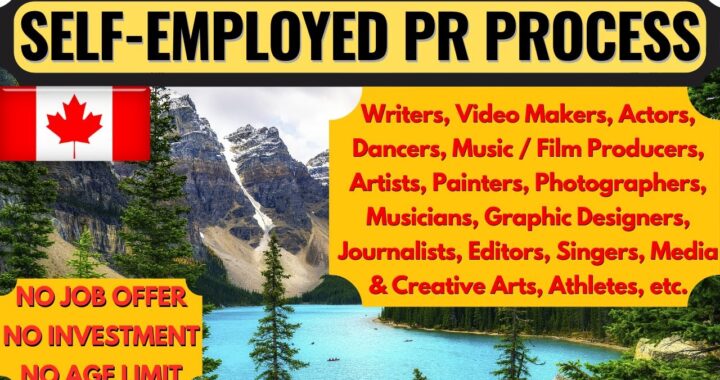 What are changes in Canada Start up Visa Program and Self-Employed Persons Program. How would it affect the potential immigrants to Canada?
What are changes in Canada Start up Visa Program and Self-Employed Persons Program. How would it affect the potential immigrants to Canada? 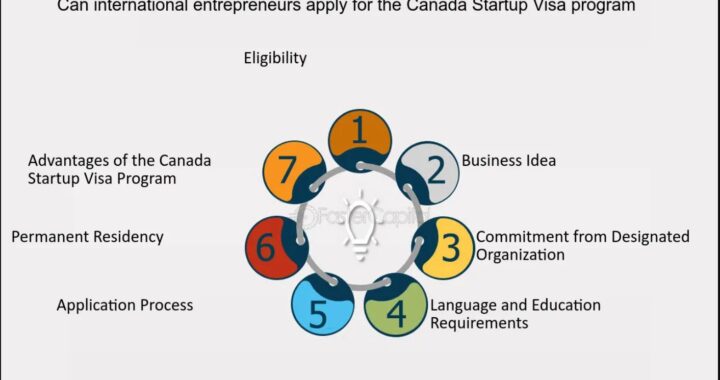 Launch Your Dreams: A Guide to Canada’s Start-Up Visa Program for Global Entrepreneurs
Launch Your Dreams: A Guide to Canada’s Start-Up Visa Program for Global Entrepreneurs 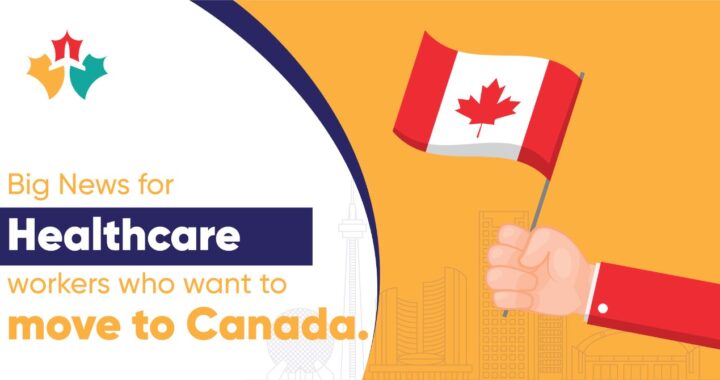 Options for Immigrating to Canada as a Healthcare Worker- Best Canadian Provinces that offer good salaries
Options for Immigrating to Canada as a Healthcare Worker- Best Canadian Provinces that offer good salaries 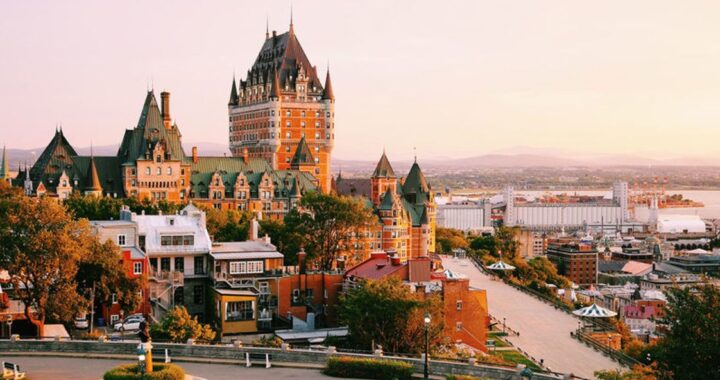 Immigrating to Quebec province Canada- Professions in demand with salaries- Racial Discrimination
Immigrating to Quebec province Canada- Professions in demand with salaries- Racial Discrimination 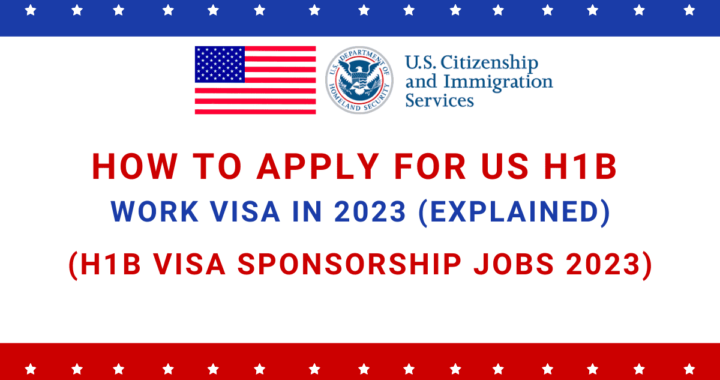 H1B Visa- Eligibility Requirements- its Duration- Process to apply and Professions in demand
H1B Visa- Eligibility Requirements- its Duration- Process to apply and Professions in demand  Recent Changes to Canada’s Work Permit Rules and its impact on Immigrants from India
Recent Changes to Canada’s Work Permit Rules and its impact on Immigrants from India  Applications for UK Immigration witness major decline as the Immigration Laws undergo significant changes
Applications for UK Immigration witness major decline as the Immigration Laws undergo significant changes